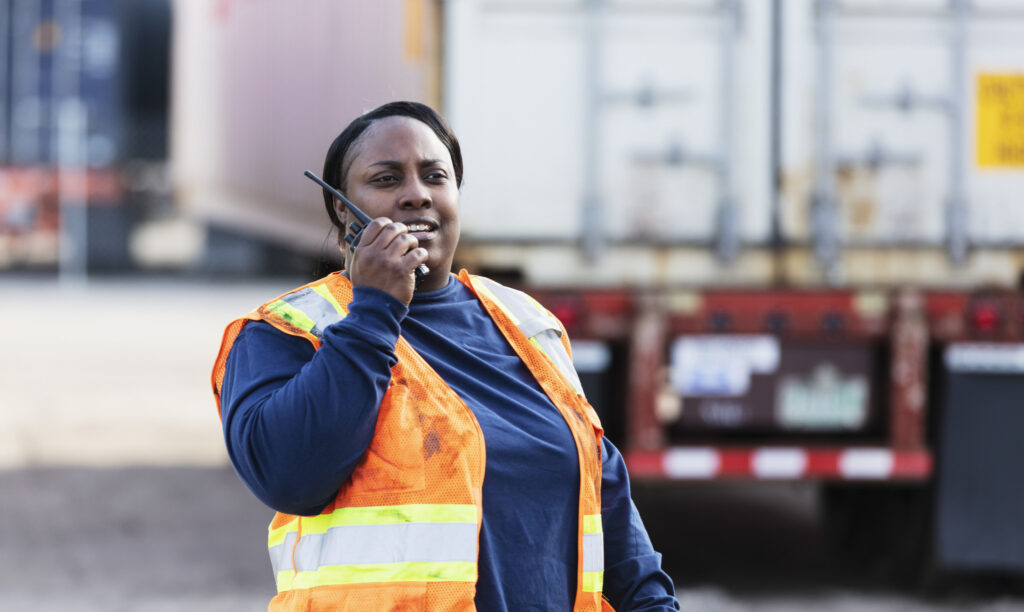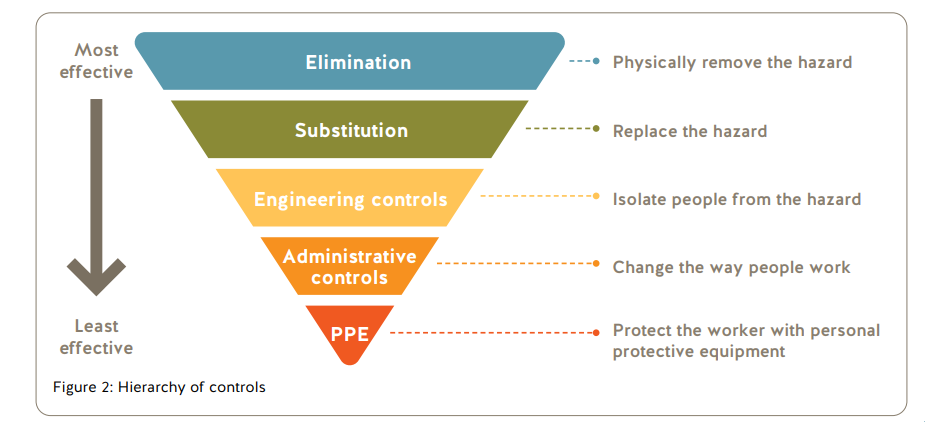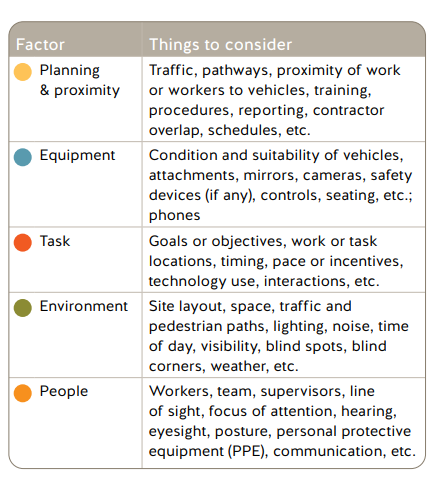Safer docks, warehouse areas, come with design and planning
Fleet yards, loading docks and warehouse areas – the places where vehicles, equipment and workers are constantly on the move – are full of potential hazards. And the threats include everything from collisions, to slips, trips, falls, and struck-by incidents.
However, there are ways to reduce the risks.
While selecting equipment used at a facility and in a fleet yard, it is important to start with an inherently safe design, says Morris Benetton, prevention field services manager at WorkSafe BC.

Managers should consider several factors that apply to workplace operations – from traffic flows to the surfaces on which vehicles and equipment will operate, and the way workers’ schedules will overlap with the schedules of equipment operating in the yard, he explains.
For example, some lift trucks can operate on a paved surface but cannot function safely in a lumber yard with a gravel surface, no matter how compact and level the gravel might be.
Choosing lift trucks
The size and type of transported goods, as well as the assessment of the space in the yard and at the docks, should also be considered to avoid malfunctions.
“You want to be asking yourself, ‘Does the selection of lift trucks fit the workplace, the materials to be handled, their weight or mass? The loads that you intend to use lift trucks for – are they unitized? Are they bulk materials? What are the space requirements for the mobile equipment itself, versus turning around, or turning around with or without the load?’” Benetton says.
Where mobile equipment operates in the same space as trucks and trailers, it is equally important to identify potential blind spots and areas of high visibility, determine if reversing will be allowed in the yard, and what the direction of the traffic in the yard will be.
“Sometimes it’s better to go around, keep moving in one direction, rather than reversing. Because [if] reversing you can increase your risk of striking. Striking, perhaps, valuable inventory, people, or other mobile equipment. So, think about the travel routes based on your process flow.”
Then it’s a matter of identifying the tasks workers will perform, as well as their proximity to equipment and trucks.
Assessing tasks, tackling risks
However, there is no silver bullet to addressing the hazards.
“It’s almost impossible to eliminate all risk to workers unless you’re fully automated. Even then, you’ll have maintenance workers,” Benetton says. Instead, the focus involves assessing tasks performing in the yard, and tackling the related risks individually.
He offers the example of a time he saw workers taking a pallet apart because the load was damaged during transportation. Such things can happen, and they should be foreseen
“Even if you mark an exclusion area, have a barrier area where the lift truck enters, drops the pallet off, and then moves away,” he says. After that, workers can enter the area and repackage the pallet. “Then you’ve effectively eliminated the risk for that task.”
A similar approach should be taken when tackling other foreseeable tasks in a workplace.

Prioritizing efforts
The entire hazard identification process and risk assessment can help prioritize various efforts.
Benetton, for example, refers to the five risk control steps identified by WorkSafe BC. In order of effectiveness, they are: elimination, substitution, engineering controls, administrative controls, and personal protective equipment (PPE).
Indeed, eliminating the hazard is always the most effective option.
According to Benetton, over the past couple of years, several workers have been stuck by trucks in yards. In such cases, hazards can be eliminated by separating vehicular and pedestrian traffic. However, when eliminating the hazard completely is not feasible, managers should estimate the severity of potential damage and injuries, and replace the hazard with one that will have less impact, he says.
The risk control steps do not stand alone, either. Elimination and substitution, for example, usually go hand in hand with engineering and administrative controls.
Alternative routes can eliminate the need to move around in an equipment area, sending workers inside a building. When that isn’t possible, engineering control measures such as concrete barriers or painted lines can define walkways.
Administrative controls
“Then there is what we call administrative control. [This includes] scheduling workers so they’re not overlapping [or] overlapping less with mobile equipment, having safe work procedures, having schedules — like scheduled entries, deliveries, etc.,” Benetton explains.
PPE comes into play as a final step. While it is important not to underestimate the role PPE plays in keeping employees safe, a helmet or reflective vest cannot prevent an incident. However, it can increase visibility or minimize the severity of an injury.
“You want to use these other controls: elimination, engineering controls and administrative controls, often in combination, before you even think about personal protective equipment,” he says. “That’s like the last resort, really.”

Have your say
This is a moderated forum. Comments will no longer be published unless they are accompanied by a first and last name and a verifiable email address. (Today's Trucking will not publish or share the email address.) Profane language and content deemed to be libelous, racist, or threatening in nature will not be published under any circumstances.